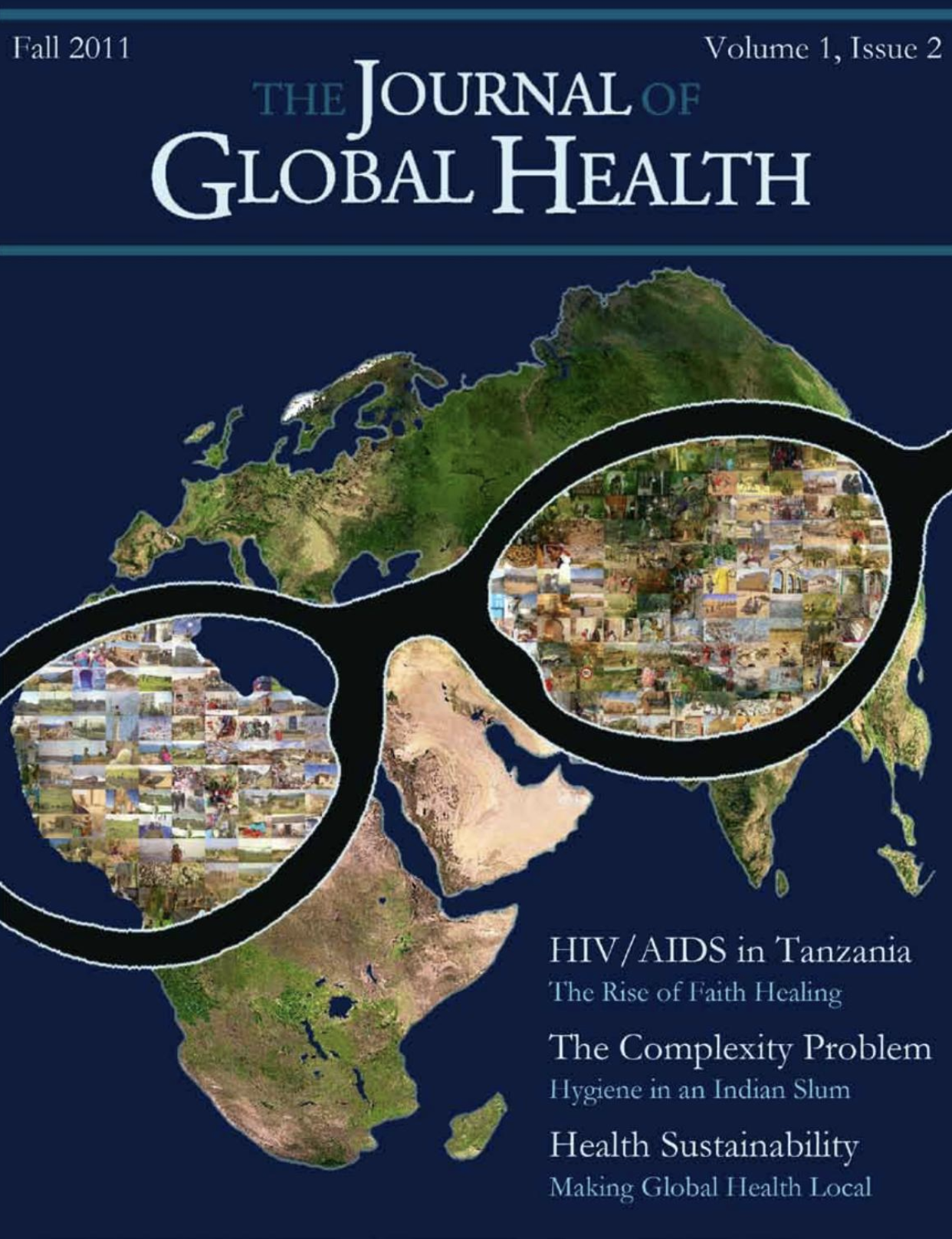Supervised Injection An Evidence-Based Policy
Main Article Content
Abstract
Drug addiction in modern society is by its very nature a global problem. Since President Nixon announced a “War on Drugs” in 1971, the United States has spearheaded efforts around the world to reduce and punish illicit drug production, trafficking and use. President Clinton, for instance, gave $1.3 billion to Colombia in 2000 to support coca plant defoliation and military training (“Timeline: America’s War on Drugs,” 2007). Last year, Afghanistan received $107 million from the United States (USAID) to fund alternatives to opium poppy cultivation (Office of National Drug Control Policy, 2011a). Furthermore, the 2012 federal budget will increase total spending on drug control, from $25.9 billion in 2011 to $26.2 billion (Office of National Drug Control Policy, 2011b). From these expenditures, it is obvious that Americans, at the very least, see controlling the production, trade and consumption of illicit drugs as a global priority. Other developed nations, including the members of the European Union, are also committed to international approaches in addition to comprehensive, national drug strategies (European Monitoring Centre for Drugs and Drug Addiction, 2010). And it is common knowledge that in many developing countries, the “War on Drugs” is both real and bloody – indeed, an estimated 40,000 people in Mexico alone have died in the five years since incumbent President Calderon initiated a “crackdown on the drug cartels” (“Q&A: Mexico’s drug-related violence,” 2011). However, not all American funding goes abroad, nor does it go solely towards shutting down production sites; the U.S. Department of Justice alone spent $87.9 million on imprisonment of offenders for drug-related crimes in 2009 (Office of National Drug Control Policy, 2011a), and over 1.35 million people in the U.S. were arrested for possession of illicit drugs in 2010 (United States Department of Justice, 2009). Such patterns of incarceration, both in the U.S. and elsewhere, largely originated from the Anti-Drug Abuse Act, signed into law by President Reagan in 1986, which created minimum sentences for drug abuse and possession (“Timeline: America’s War on Drugs,” 2007). With regard to U.S. drug control policy, the U.S. Drug Control Strategy has described how it has led to a “revolving door” between crime, incarceration and drug use. Indeed, expenses associated with imprisonment and doubts regarding its effectiveness in controlling drug abuse have driven policy makers to seek alternative solutions that reduce drug abuse, including controversial measures that diametrically oppose the philosophy of punishment represented by mandatory incarceration (Office of National Drug Control Policy, 2011c). The debate over the ethics of these non-traditional methods is fraught with such disparate issues as human rights and allocation of taxpayers’ funds. However, in considering any approach to drug control, one must not forget that the ultimate goal should be to limit the harm that drugs do to individuals and society, since the reason for their prohibition is that they are unduly harmful. Politicians and commentators would thus do well to consider the evidence for how effective a proposed drug policy would be at reducing harm. Unfortunately, this consideration has not always been given, which has paved the way for counterproductive policies. Examination of the implementation of one such controversial measure, a supervised injection site (SIF), reveals the difficulty of adjusting a policy even in the face of overwhelming evidence.

